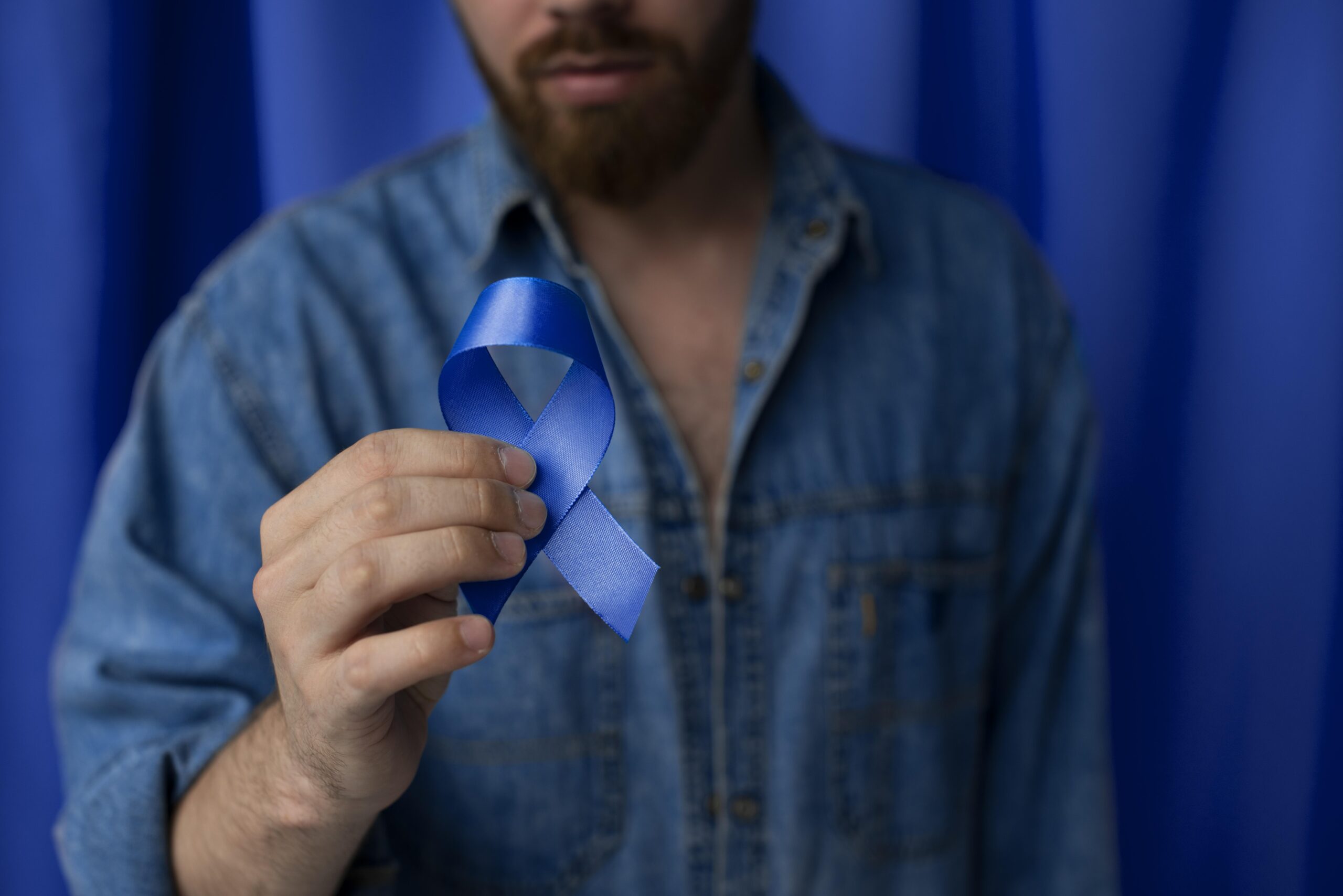Cancer Types
Prostate Cancer
Prostate cancer is a type of cancer that develops in the prostate, a small walnut-shaped gland in men responsible for producing seminal fluid. It is one of the most common cancers among men but is often slow-growing and may not cause significant harm. However, some cases can be aggressive and require prompt attention.



Risk Factors & Prevention
Age: The risk increases with age, especially after 50.
Family History: Having a close relative with prostate cancer increases the risk.
Ethnicity: African-American men have a higher risk.
Genetics: Certain gene mutations may increase susceptibility.
Diet: High-fat diets and low consumption of fruits and vegetables may contribute.
Prevention: Regular exercise, maintaining a healthy weight, and a balanced diet can reduce the risk.
Screening & Symptoms
Screening:
Screening involves tests like the prostate-specific antigen (PSA) blood test and digital rectal exam (DRE) to detect prostate cancer in its early stages when treatment is most effective.
Symptoms & Signs:
Early-stage prostate cancer may not show symptoms, but as it progresses, signs can include difficulty urinating, blood in the urine or semen, and discomfort in the pelvic area.


Diagnosis & Stages
Diagnosis:
Definitive diagnosis involves a biopsy, where a small sample of prostate tissue is examined under a microscope to determine if cancer is present.
Sub-types & Stages:
Prostate cancer has various sub-types, including adenocarcinoma. Staging determines the extent of cancer spread, ranging from localized (confined to the prostate) to metastatic (spread to distant organs).
Treatment Modalities & Coping Treatment:
Treatment Modalities:
Treatment options include:
- Active Surveillance
- Surgery (prostatectomy)
- Radiation Therapy
- Hormone Therapy
- Chemotherapy
- Immunotherapy
The choice depends on factors such as cancer stage, grade, and overall health.
Coping With Treatment:
Coping strategies may involve emotional support, lifestyle adjustments, and communication with healthcare providers.


Do's & Don'ts During Treatment
Do:
- Follow your treatment plan diligently.
- Communicate openly with your healthcare team.
- Adopt a healthy lifestyle.
Don't:
- Ignore side effects; report them promptly.
- Hesitate to seek emotional support.

Post Treatment Support, Followup Care and Surveillance :
Post Treatment Support:
Post-treatment support involves addressing physical and emotional recovery. Rehabilitation, counseling, and support groups can be beneficial.
Follow-ups Cancer Plan:
A structured follow-up plan includes regular check-ups, imaging, and blood tests to monitor for any signs of recurrence or complications.
Surveillance & Monitoring for Indications for Recurrence:
Regular surveillance involves monitoring PSA levels, imaging, and other tests to detect any signs of recurrence.
FAQ
Frequently Asked Questions
While it may not be entirely preventable, a healthy lifestyle, regular exercise, and a balanced diet can lower the risk.
Side effects vary but may include fatigue, urinary incontinence, and sexual dysfunction. Discuss potential side effects with your healthcare team.
Yes, if left untreated, prostate cancer can metastasize to other organs.
The frequency depends on individual risk factors. Consult with your healthcare provider to determine an appropriate screening schedule.
Yes, a family history of prostate cancer can increase the risk. Genetic counseling may be recommended in such cases.
While metastatic prostate cancer is generally not curable, various treatments can manage and slow its progression, improving the quality of life.
Some individuals explore complementary therapies, but these should be discussed with healthcare providers to ensure they do not interfere with conventional treatments.

